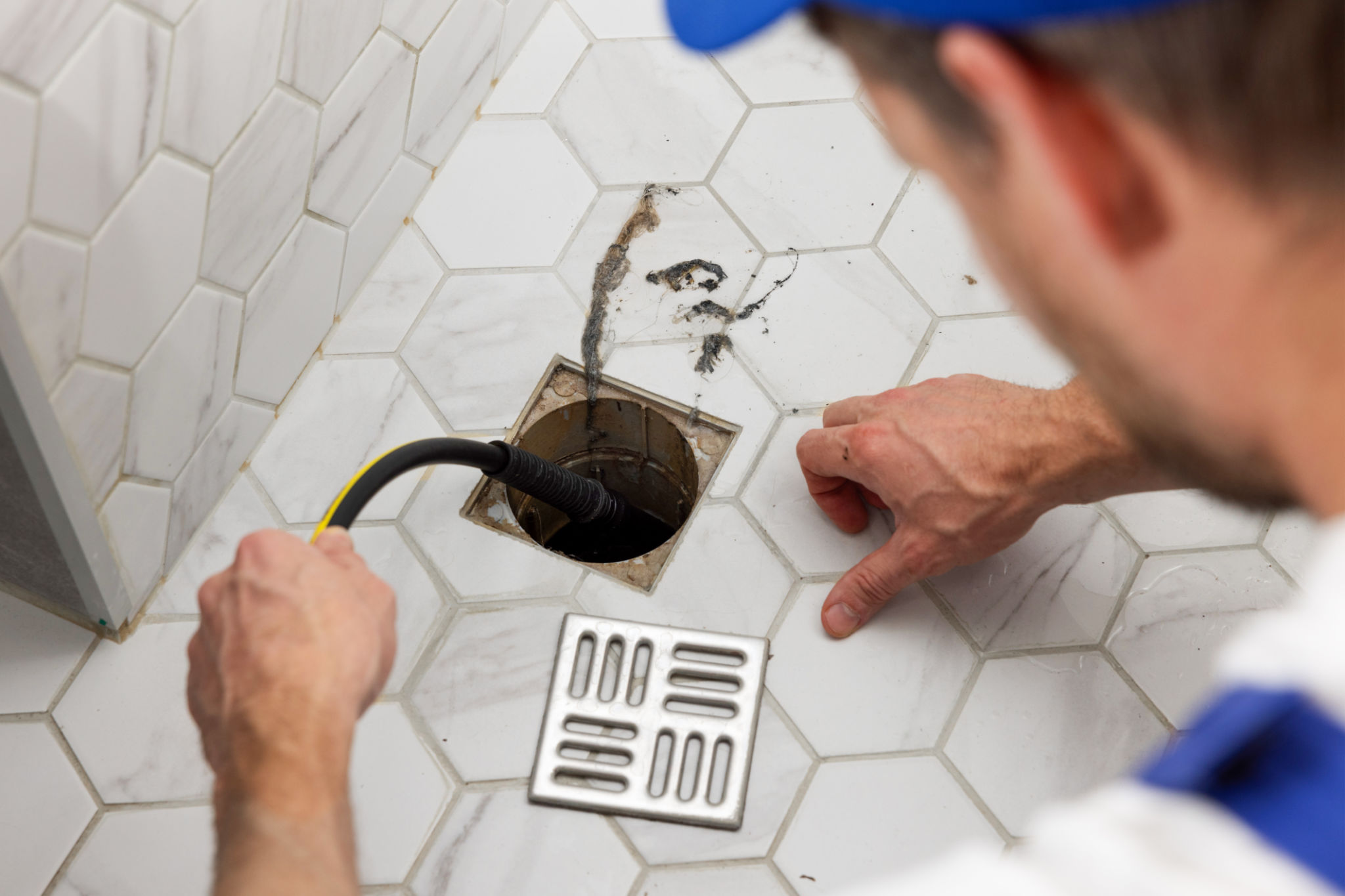DIY Plumbing Tips: Fixing Common Household Issues Safely
Understanding Your Plumbing System
Before diving into any DIY plumbing project, it’s crucial to have a basic understanding of your home’s plumbing system. This knowledge will help you identify potential issues and fix them efficiently. The main components include pipes, fixtures, and valves, each playing a vital role in water distribution and waste removal. Familiarize yourself with the location of shut-off valves and the main water supply to quickly address emergencies.
Keep in mind that maintaining your plumbing system can prevent more significant issues in the future. Regular inspections and small adjustments might save you from costly repairs. Always ensure you have the right tools and materials before starting any DIY plumbing work.

Fixing Leaky Faucets
A leaky faucet is a common household issue that can lead to water wastage and increased utility bills. Fortunately, it’s relatively simple to fix with a few tools and some patience. Start by turning off the water supply to the faucet. Once the water is off, disassemble the faucet carefully, keeping track of all parts.
Inspect the washers and O-rings, as these are often the culprits behind leaks. Replace any worn or damaged parts. Reassemble the faucet, turn on the water supply, and check for leaks. If the leak persists, it may be time to call a professional plumber.
Unclogging Drains
Clogged drains are another common issue that can be tackled with some DIY techniques. Start by using a plunger to attempt to dislodge the clog. If this doesn’t work, a drain snake or auger can be effective in breaking up stubborn blockages. For minor clogs, a mixture of baking soda and vinegar followed by hot water can sometimes clear the drain.

Prevent future clogs by regularly cleaning your drains and using strainers to catch debris. Avoid pouring grease down the drain, as it can solidify and cause blockages over time.
Repairing Running Toilets
A running toilet can waste a significant amount of water if not addressed promptly. The first step is to check the flapper valve, which may not be sealing properly. Adjust or replace it if necessary. Also, inspect the fill valve and float to ensure they are functioning correctly and not causing overflow.
If these adjustments don't solve the problem, it might be necessary to replace some internal components of the toilet tank. Kits for this purpose are available at most home improvement stores and come with instructions for easy installation.

Handling Minor Pipe Leaks
Minor pipe leaks can often be patched up temporarily until a more permanent solution is found. Once you’ve located the leak, turn off the water supply to prevent further damage. Use plumber’s tape or epoxy putty as a temporary fix. These materials can provide a durable seal until you have time for a full repair or replacement.
For long-term solutions, consider replacing damaged sections of pipe or call in a professional for assistance. Regularly inspecting your pipes for signs of wear can help you catch issues early.
Safety Tips for DIY Plumbing
While DIY plumbing can save money and time, safety should always be your top priority. Always turn off the water supply before starting any project to prevent accidental flooding. Use appropriate safety gear like gloves and goggles to protect yourself from potential hazards.
If a job seems too complex or dangerous, don't hesitate to seek professional help. Attempting repairs beyond your skill level can lead to more significant problems and expenses down the line.